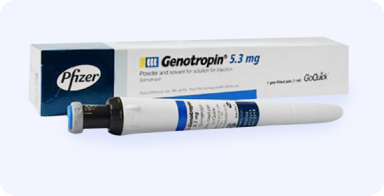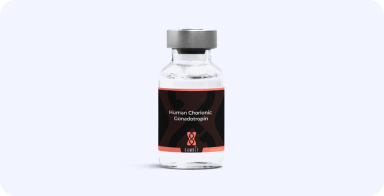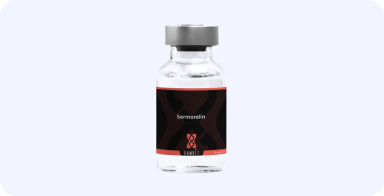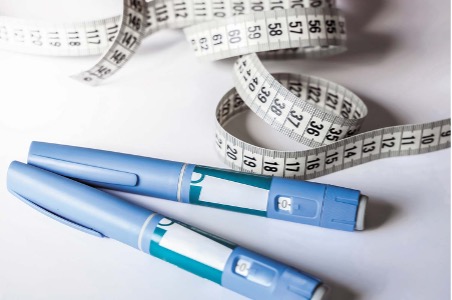For many women, weight management is not just about numbers on a scale. It’s about looking healthy, having more energy, and building more confidence in your looks. While diet and...
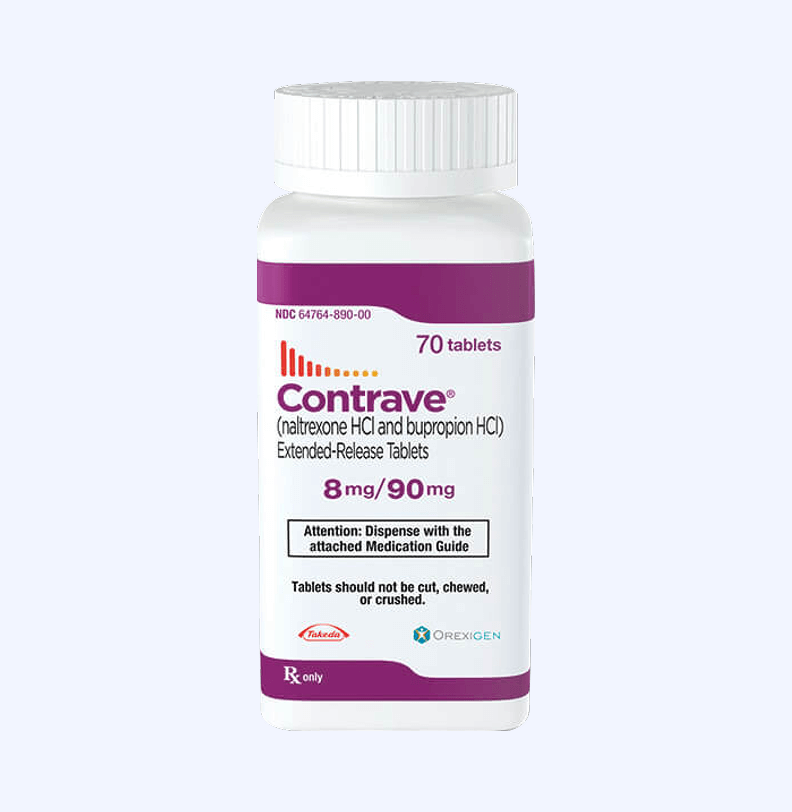
Contrave®
At Gambit, our weight management program will involve a personalized approach to reaching your weight goals. If Contrave® is prescribed, a licensed healthcare practitioner will provide you with a customized dosing regime that gradually allows your body to start adjusting to the treatment plan. Usually once your treatment plan progresses, Contrave® is taken once in the morning, and once in the evening. It can be taken with or without food.
Contrave® (naltrexone/bupropion) is a Health Canada-approved medication that works to reduce hunger and curb food cravings, making it a valuable part of your personalized weight management plan with Get Gambit. When paired with mindful eating habits, regular physical activity, and ongoing support from Get Gambit’s licensed healthcare practitioners, Contrave® can help you achieve more consistent, sustainable progress. Our health team will guide you in incorporating Contrave® into your overall Weight Management Plan, ensuring you feel confident and informed throughout your journey to better health.
Supports Consistent Weight Loss
Contrave helps manage weight by reducing hunger and controlling cravings. This consistent approach makes it easier to achieve long-term weight loss results without relying on extreme dieting.
Proven Long-Term Efficacy and Convenience
Contrave is a convenient, oral medication taken daily. Its dual-action formula provides long-lasting appetite control and supports sustainable weight loss, fitting seamlessly into your daily routine.
Why Contrave®?
Supports Consistent Weight Loss
Contrave helps manage weight by reducing hunger and controlling cravings. This consistent approach makes it easier to achieve long-term weight loss results without relying on extreme dieting.
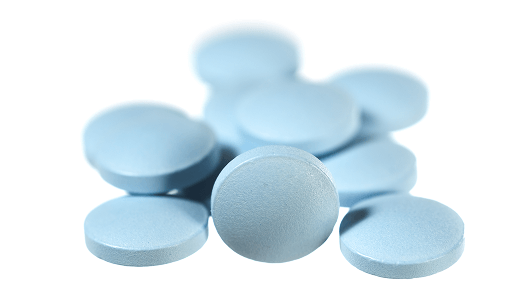
Proven Long-Term Efficacy and Convenience
How does it work?
How do I know how much Contrave® to use?
Contrave®
For Patients
Access a variety of resources and tools designed for your healthcare needs.
Contrave is an Health Canada and FDA-approved oral medication for chronic weight management. It combines two active ingredients, naltrexone
(used for addiction treatment) and bupropion (an antidepressant), to help control hunger and reduce food cravings. At Get Gambit, we provide medically supervised Contrave treatment as part of a comprehensive weight loss program.
Contrave is prescribed for:
- Weight Management: For adults with obesity (BMI ≥ 30) or overweight (BMI ≥ 27) with at least one weight-related condition such as hypertension, type 2 diabetes, or high cholesterol.
- Reducing Cravings: Helps manage the brain’s reward system to decrease food cravings and emotional eating.
At Get Gambit, we combine Contrave therapy with personalized lifestyle changes to optimize weight loss results.
Contrave combines the effects of naltrexone and bupropion to:
- Suppress appetite by targeting the hypothalamus, the brain region responsible for hunger.
- Reduce food cravings by influencing the brain’s reward system.
- Support long-term weight management when paired with diet and exercise.
| Feature | Contrave | Wegovy | Ozempic | Mounjaro |
| Active Ingredient | Naltrexone + Bupropion | Semaglutide (higher dose: up to 2.4 mg) | Semaglutide (lower dose: up to 1 mg) | Tirzepatide |
| Mechanism of Action | Appetite control + dopamine reward system modulation | GLP-1 receptor agonist | GLP-1 receptor agonist | Dual GLP-1/GIP receptor agonist |
| Primary Purpose | Weight loss for overweight and obese patients | Weight management | Type 2 diabetes management (off-label for weight loss) | Type 2 diabetes and weight loss |
| Administration | Oral tablet (daily) | Weekly subcutaneous injection | Weekly subcutaneous injection | Weekly subcutaneous injection |
| Efficacy for Weight Loss | Moderate (5–10% body weight loss) | Significant (15–20% body weight loss) | Moderate to significant (up to 15%) | High (20% or more in trials) |
| FDA Approval for Weight Loss | Yes | Yes | No (off-label use for weight loss) | Not yet (pending) |
| Insurance Coverage | More likely covered for weight loss | Limited for weight loss | Typically covered for diabetes | Typically covered for diabetes |
| Side Effects | Nausea, headache, dry mouth, insomnia | Nausea, vomiting, diarrhea, fatigue | Nausea, vomiting, diarrhea, fatigue | Nausea, vomiting, diarrhea, fatigue |
| Who It’s Best For | Patients preferring oral medications for mild-to-moderate weight loss | Obese or overweight adults needing significant weight loss | Diabetics needing moderate weight loss | Diabetics or those seeking high weight loss |
Yes, Contrave is safe when prescribed and monitored by licensed healthcare providers. At Get Gambit, we ensure your safety by:
- Conducting a comprehensive health assessment.
- Monitoring your progress with regular follow-ups and adjustments to your treatment plan.
Improper use of Contrave can pose risks, so it’s essential to follow the prescribed treatment.
Yes, Contrave is safe when prescribed and monitored by licensed healthcare providers. At Get Gambit, we ensure your safety by:
- Conducting a comprehensive health assessment.
- Monitoring your progress with regular follow-ups and adjustments to your treatment plan.
Improper use of Contrave can pose risks, so it’s essential to follow the prescribed treatment.
What are the potential side effects of Contrave?
Common side effects may include:
- Nausea or vomiting.
- Constipation or diarrhea.
- Dry mouth.
- Headache or dizziness.
Rare but serious side effects include:
- Increased blood pressure or heart rate.
- Seizures (especially in those with a history of seizures).
If you experience severe or persistent symptoms, contact Get Gambit’s medical team immediately at support@getgambit.ca.
Stopping Contrave may lead to:
- A return of appetite or cravings.
- Potential weight regain over time.
Before discontinuing Contrave, consult Get Gambit’s medical team to discuss alternative options or a transition plan.
Contrave is taken orally, usually as one or two tablets per day, as prescribed by your healthcare provider. At Get Gambit, we provide:
- Detailed guidance on proper dosing and timing.
- Support in integrating Contrave into your weight loss program.
Yes, Contrave is a prescription medication. At Get Gambit, we ensure safe and effective treatment by:
- Reviewing your medical history and assessing your suitability for Contrave.
- Providing ongoing monitoring and lifestyle recommendations to maximize results.
Contrave may not be suitable for individuals with:
- A history of seizures or eating disorders (e.g., bulimia or anorexia).
- Uncontrolled hypertension.
- Pregnancy or breastfeeding.
It’s crucial to share your full medical history with Get Gambit’s healthcare providers to determine if Contrave is right for you.
Store Contrave at room temperature between 20°C and 25°C (68°F and 77°F). Keep it in its original packaging, away from moisture and heat, and out of reach of children.
If you miss a dose of Contrave:
- Skip the missed dose and take your next dose at the regular time.
- Do not double up on doses to make up for the missed one.
Contact Get Gambit’s medical team at support@getgambit.ca if you have concerns or questions.
Getting started with Contrave at Get Gambit is simple:
- Complete an online intake form.
- Get connected with licensed healthcare providers for a personalized consultation.
- Receive a tailored treatment plan, including lifestyle and dietary guidance.
Contact us at support@getgambit.ca to schedule your consultation today.
We’re here to help! Contact us at support@getgambit.ca or visit our Contact Us page to learn more about how Contrave treatments at Get Gambit can help you achieve your weight loss goals.
What our customers say about us
Trustindex verifies that the original source of the review is Google. GetGambit is exactly what the traditional healthcare system in Canada is missing. Most family doctors don’t understand hormonal health. They won’t run the proper blood tests, they brush off your symptoms if your numbers are “in range,” and they’ll never take the time to actually tailor a plan for your energy, libido, mental clarity, or fertility. Even if you manage to get referred to an endocrinologist, good luck getting treated—because unless your levels are dangerously low, they usually won’t do anything. And when they do, they almost never include HCG to preserve fertility. You’re left stuck, frustrated, and still feeling off. With GetGambit, you skip all of that. You get access to a hormone specialist who knows exactly what to test for and how to interpret it. They tailor your protocol properly. Whether it’s testosterone, HCG, or estrogen control with an AI. They walk you through everything, track your blood work, and make adjustments based on how you feel. You’re taken seriously. You’re taken care of. If you have insurance, it often covers a good portion of it. And the best part? You don’t have to rely on shady sources or waste time fighting a broken system. You get clarity, structure, and peace of mind.Trustindex verifies that the original source of the review is Google. I’ve just started treatment with Get Gambit and already feel confident I’m in the right hands. Unlike other clinics that just focus on numbers, they truly care about how you feel. The team takes a deep, personalized approach to TRT and hormone therapy. If you have concerns about your symptoms, you need to contact Get Gambit—they truly listen and take action. Huge thanks to Issmaeel Lawendy, Founder and CEO, and the team for creating a clinic that puts patients first. Excited for what’s ahead!Trustindex verifies that the original source of the review is Google. You can be smart and choose the professional medical specialist support that Get Gambit Testosterone program offers or cheap out and go somewhere else being wrongfully treated with the possible result of a and/or getting sterilized or ruining your endocrine system because of a lack of knowledge of other doctors or nurse practitioners who are not specialist and dont have the medical knowledge or no how to properly treat your Testosterone issues and they dont have good follow-up program! What do you think you should choose...? Put yourself first! I Choose Gambit!! Go get Gambit, no one else!Trustindex verifies that the original source of the review is Google. Excellent service, very helpful and take great care of their customers. Gambit always calls when they say they are going to, questions are always answered promptly and great value for services received.Trustindex verifies that the original source of the review is Google. Professional, knowledgeable, transparent and absolutely zero sales pressure. Nothing but good vibes and blue sky’s! The answer to that thing you’re missing in your life as a man lives here. Highly recommend Get Gambit.Trustindex verifies that the original source of the review is Google. I would share my experience with Get Gambit clinic . I really like the service .From all the staff. I had a great experience with them .They were very helpfull and professional .They were nice to me and they care about the patient because the patient is their priority not just think of money . I highly recommend this clinic if you need an TRT therapy .Thanks a lotTrustindex verifies that the original source of the review is Google. My trt experience with gambit has been very good. They always make sure I have enough prescriptions and answer any questions I may have. Can email them always respond in a timely fashion. And when we have problems with symptoms they always address it in a timely fashion. I can’t complain about anything since I started my trt regiment. Life is good now that I don’t have low testosterone.Trustindex verifies that the original source of the review is Google. I would like to thank everyone at the GetGambit team. And a special thank you to Eric, for helping and assisting me in looking into the best approach to getting my life back on track. I have chronic back pain and being active is very difficult. But after assessment and great talks with Eric we came up with a plan to get started. I've been on this program for just under one month and it changed my life as far as giving me me the energy and motivation to get more physically active. I started my program weighing 226lbs and now I have dropped 27lbs. I know it wasn't only the help from the GetGambit team that made this transformation. My diet changed, and the physical part of my life increased, but I can't say I could have done it alone. I am so happy to have found this team of professionals. Thank you again everyone at GetGambit.Trustindex verifies that the original source of the review is Google. An excellent and professional approach in everything .from custumer service,diagnostic, pharmacy,,doctors and delivery of medication,I would give them a 10 star if I can,thanks Get Gambit and special thanks to Issmael the ceo,Congratulations
Important Safety Information
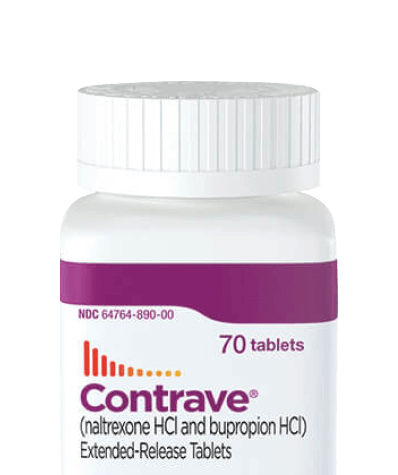
Important Safety Information
Gambit Health Hub
What is Hypogonadism? Hypogonadism is a common condition, affecting 38% of men over the age of 45 and 7% of men under the age of 40. Hypogonadism is when the...
Have you ever felt like no matter how much you exercise or how healthy you eat, the extra weight just won’t go away? Or maybe you’ve noticed it’s getting harder...
Other products
